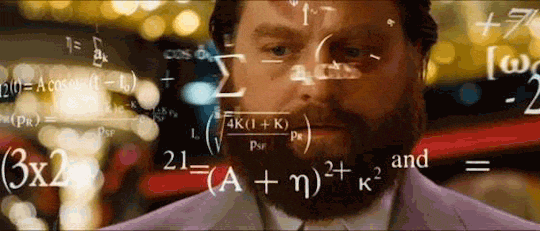Read Time: 3.5 minutes

Happy Monday and welcome back! I hope your practicing has been going well (remember the suggestion from 2 weeks ago?) 🙌
I’ve been out of town for the past few weekends visiting family and playing music with friends. It’s been really great and I’m thankful to have musical friends that invite me to hang out with them and play music together. Also, a quick thanks for your patience with me as this newsletter was supposed to go out last week. But, here we are now so let’s get started…
This week we’re going to jump right into a concept I paid to learn about years ago and that I believe you’ll really enjoy. This simple system can be very helpful when you’re planning out your setlist(s) and will make you more aware of your tendencies and how to change things up depending on the service, event, or show for which you’re playing.
If you’re not the person planning out the setlist for the group you play with, this will still be useful and with constructive conversations you can help your band navigate through this idea. If you’re not yet in a band or are a solo artist, this remains a great concept and will help you think about how you can shape your individual repertoire.
We’re going to start by calling this concept the Setlist Number System™. For those of you who know the Nashville Number System, we may work on that in a future newsletter, but those are not the numbers we’re going to be working with this week. Today, I want to walk you through a simple exercise using this Setlist Number System concept. To put this into practice we’ll be using one of your recent setlists as the example.
So step one is to find a recent-ish setlist you’ve either created or were provided as a band member. If you haven’t recently played or aren’t in a band, not to worry because YouTube is your friend. Go and lookup a live concert of any band that you love to listen to. Make a quick note of the first 4-5 songs that the band played in the concert you watched.
Once you find/listen to the setlist, write the songs down in the notebook/app of your choice and put them in the exact order they were played. Start by placing the first song at the top of the page until you have at least 4-5 songs listed out. You can write out more if your setlist was longer, but 4-5 is the minimum. Also, leave some space to the left side of each song title because we’re going to ‘rate’ these songs and here’s the criteria we’ll use:
Setlist Number System
1 – Super mellow, quiet song, when you finish this one no one claps
2 – A little more energy, but still less is more here. Could be really nice without much instrumentation.
3 – Similar to a radio pop song (in any genre), medium energy, it has some groove/rhythm to it.
4 – This one has more emotion and more power; it’s one the band is excited to play because the response is always really good.
5 – This is a big song, it’s not a particular style but it absolutely rocks and always has a strong response from the audience – think lots of clapping along throughout and definitely at the end of the song.
Now, using this rating/number system, take a moment and write down the appropriate number from the Setlist Number System to the left side of each song in your setlist. When you finish you should have a setlist that has numbers you can easily see next to each song title.
The last step in this exercise (for today) is to look through your setlist and evaluate it. You might be wondering what the point of this is, but trust me, we’re building towards something important.
- Are you seeing any patterns repeated in your setlist? For example, are you only playing songs from one energy level – all 3’s, 5’s or 1’s in your setlist? If so, is that a service, show, or concert you’d want to attend?
- Is your setlist making drastic changes throughout? For example do you have any moments where you jump from a 5 song immediately to a 1? That’s a really big change, and not necessarily wrong but are you putting it in the correct place within your set? (if you’re unsure, we’ll discuss this more next week!)
- Using this numbering system, are you seeing a particular number showing up more frequently that you enjoy playing? This isn’t bad, we all have preferences, but is that type of song showing up the most within your setlist(s)? Hint: you may want to go back and evaluate a couple previous setlists to see if any other patterns emerge.
I’d love to hear what you find in your setlist(s), so feel free to respond directly to this email and it will land right in my inbox where we can keep the conversation going.
Next week we’re going to build off of this exercise and talk about a great number to start your setlist from plus I have more setlist planning tips on the way.
Thanks so much for being here and I hope this provided value you to you today!
Dan
See you again next week! 👋
Whenever you’re ready, there are 2 ways I can help you:
1. Work with me 1:1 to double your musical skills and achieve your goals!
2. Join (or share) the Monday Musician weekly newsletter with 1 actionable tip on music and skill growth for your musical journey.
Visit Me Here:
Leave a Reply